Do you have a question about the Toyota Land Cruiser 2000 and is the answer not in the manual?
Details components of the vehicle's instrument panel and their functions.
Provides a detailed diagram of the instrument cluster gauges and indicators.
Explains various warning and indicator lights found on the instrument panel.
Explains the types of keys supplied and their functions, including transponder chip usage.
Explains how to operate power windows, including auto and jam protection functions.
Explains how to set and activate the theft deterrent system and its alarm.
General precautions and seat adjustment guidelines for safe driving.
Explains seat belt usage, precautions, and features like pretensioners.
Instructions on operating headlights (high/low beams, flashing) and turn signals.
How to operate windshield wipers and washer, including intermittent settings.
Explains the fuel gauge operation and low fuel level warning light.
Details on various warning lights and buzzers that indicate service needs.
Details on automatic transmission operation, modes, and shift lock system.
How to operate cruise control, set speeds, and cancel the system.
Details on the vehicle skid control system, slip indicator, and VSC OFF indicator.
Instructions on turning the system on/off, switching functions, and tone/balance controls.
Details the controls for the front air conditioning system, including selectors and buttons.
Explains the controls for the rear air conditioning system, including auto and manual modes.
Instructions on opening and locking the glove box.
Information on using auxiliary boxes for storage, including precautions.
How to use the adjustable cup holders and convert them to accessory boxes.
Safety precautions specific to driving a high-center-of-gravity utility vehicle off-road.
Information on fuel type, octane rating, and capacity, including warnings about MMT and oxygenates.
Details on the dual hydraulic brake system, brake booster, and warning lights.
Procedures for normal engine starting, starting a flooded engine, and jump starting.
Advice for driving in various conditions like crosswinds, hills, wet brakes, and slippery surfaces.
Guidelines for trailer towing, including weight limits, hitch selection, and safety precautions.
Troubleshooting steps for when the vehicle will not start, including simple checks and jump starting.
Step-by-step instructions for changing a flat tire, including tool usage and safety precautions.
Guidance on vehicle towing procedures, including different truck types and precautions.
Common causes of corrosion and guidelines for preventing it, including regular washing.
Instructions for washing and waxing the vehicle to maintain its finish and prevent damage.
Explains the importance of regular maintenance for vehicle longevity and safety.
Lists day-to-day care practices for proper vehicle operation and checks.
Essential safety precautions and warnings for performing DIY maintenance.
Lists parts and tools required for common DIY maintenance tasks.
Step-by-step guide on how to check the engine oil level using the dipstick.
Importance of checking tire pressure and how to get accurate cold readings.
When and how to replace wheels, including wheel selection and precautions for aluminum wheels.
Precautions and emergency measures for handling the vehicle battery.
How to check for blown fuses and replace them using the correct type and amperage.
Guides on how to access and replace various vehicle light bulbs, including type and wattage.
Technical specifications for vehicle dimensions, weight, and capacity.
Engine model, type, bore, stroke, displacement, and oil specifications.
Detailed service specifications for engine, cooling, battery, transmission, transfer, differential, brakes, and steering.
How U.S. owners can report potential safety defects to NHTSA and Toyota.
| Brand | Toyota |
|---|---|
| Model | Land Cruiser 2000 |
| Category | Automobile |
| Language | English |

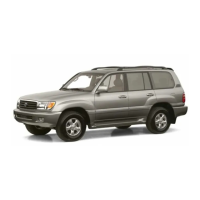

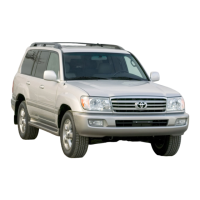
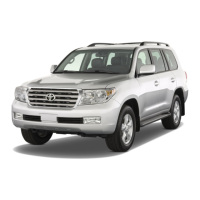
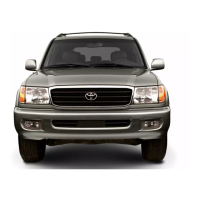
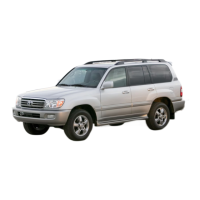
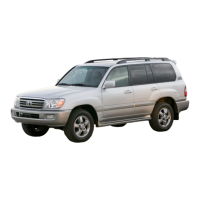
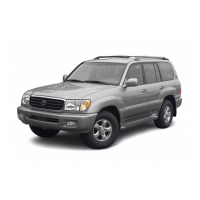
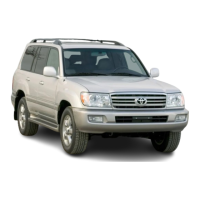
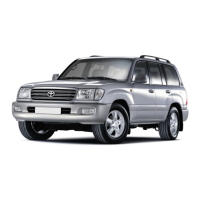
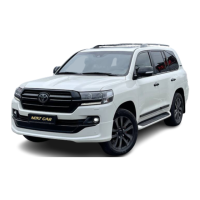
